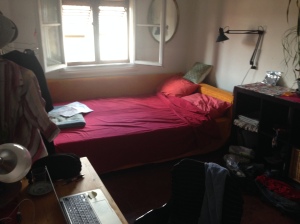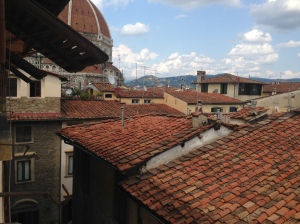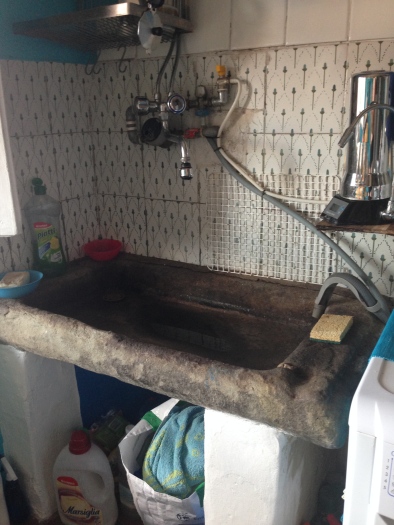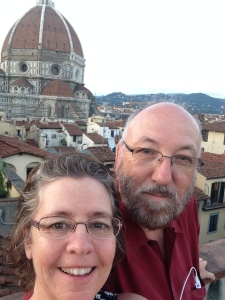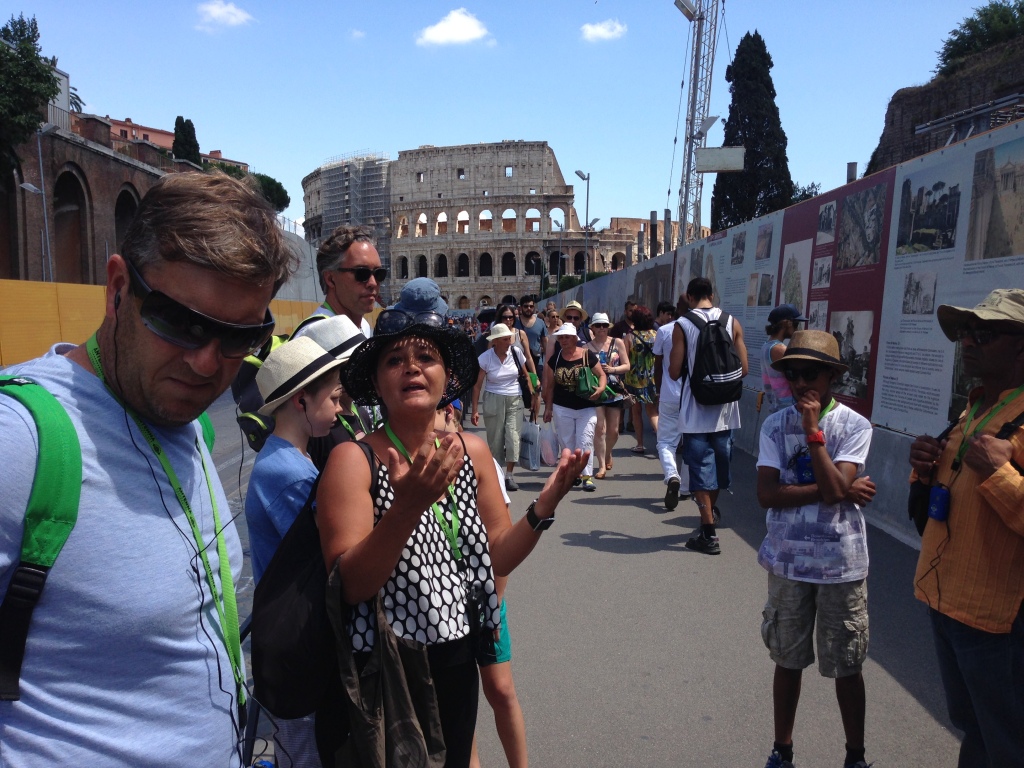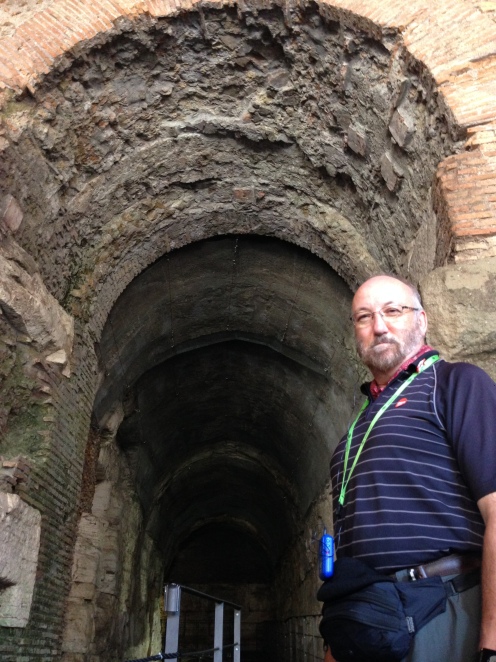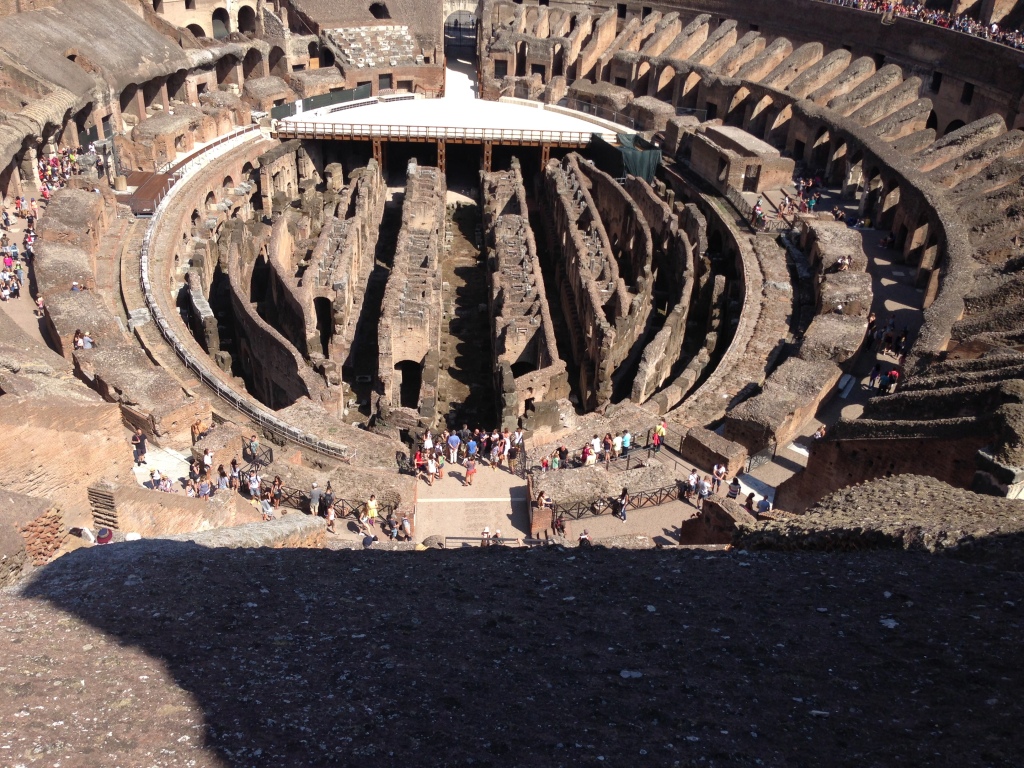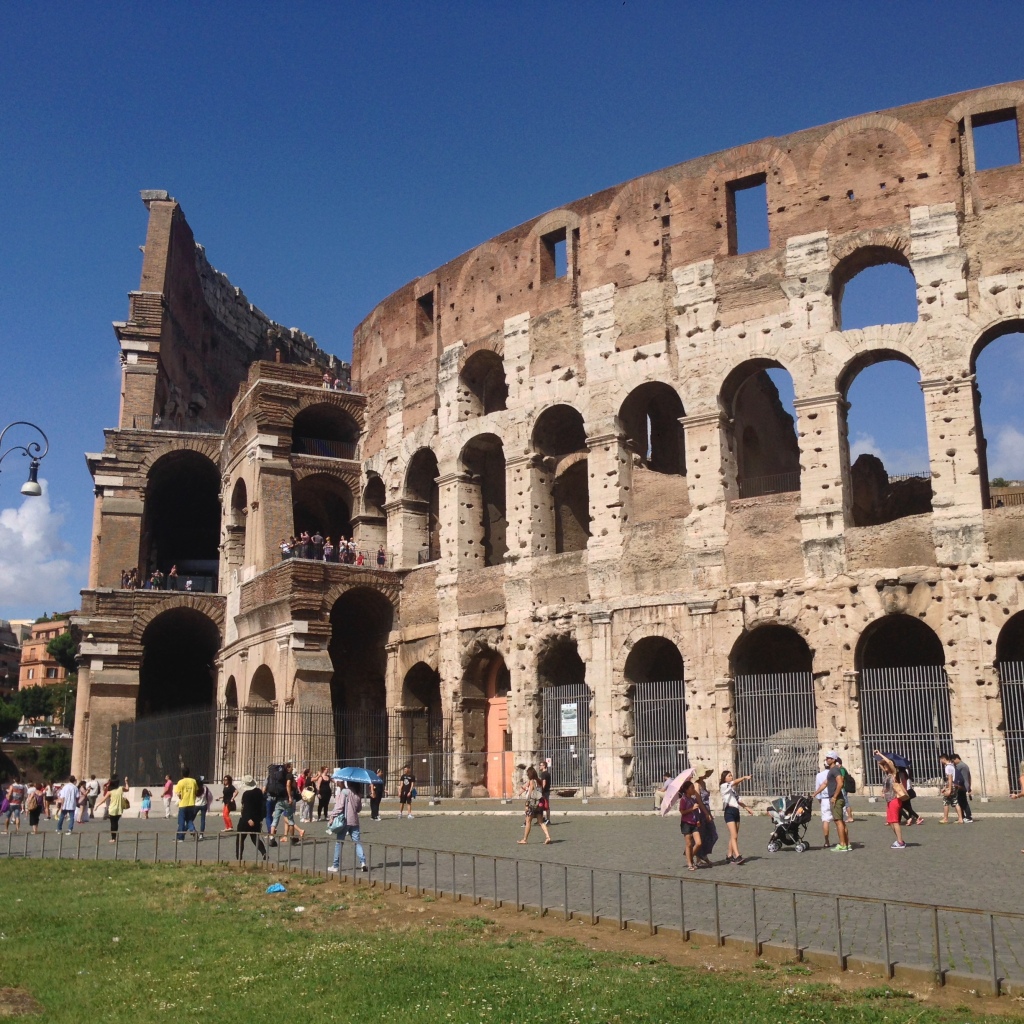We set out early on Monday morning, August 4, in mixed sun and cloud to Dover, another coastal community but much more famous. It was made so because of the song American singer Vera Lynn covered in 1942 called “(There`ll Be Bluebirds Over) The White Cliffs of Dover” that beckoned British (and other) WW2 soldiers back to safer shores from action in France or overseas:
The white cliffs of Dover,
Tomorrow, just you wait and see. There’ll be love and laughter
And peace ever after
Tomorrow, when the world is free. The shepherd will tend his sheep,
The valley will bloom again
And Jimmy will go to sleep,
In his own little room again. There’ll be blue birds over
The white cliffs of Dover,
Tomorrow, just you wait and see.
Melody – Walter Kent
Published – 1941
To hear Vera sing this, with pics, go to: https://www.youtube.com/watch?v=Hqtaoz4QFX8
Here’s a blurb from Wikipedia on the cliffs, detailing the music:
The White Cliffs look better from a distance. Indeed, the greater the distance the better it would seem. Nat Burton, the lyricist of their most celebrated song, who improbably put ‘blue birds over the white cliffs of Dover’, was an American who had not been within 3,000 miles of the place. But reality never bothered a good myth. The cliffs loom larger, whiter, and sturdier in the imagination than they do in fact.
‘(There`ll Be Bluebirds Over) The White Cliffs of Dover’ is one of the most famous of all theWorld War II era pop classics. It became a sensational hit in 1942, as it reflected the feelings of all the Allies towards the British people in their brave fight against Hitler. Originally released in the U.S. by bandleader Kay Kyser, four other artists also hit the top 20 with this song that year: Glenn Miller, Sammy Kaye, Jimmy Dorsey and Kate Smith. The most well known version of the song on this side of the Atlantic is probably the one recorded by Vera Lynn in 1942. Other artists who`ve recorded this standard include: Connie Francis, Bing Crosby, Jim Reeves, and The Righteous Brothers. In June 1995 Robson and Jerome’s version went to No. 1 in the UK in a medley with “Unchained Melody”.
Yes, no doubt the cliffs look spectacular from the sea or from the air, but we were happy with the glimpses we caught from land as we approached the edge of them, then clambered over Dover Castle grounds. The castle harbours secret tunnels that played an amazing and perhaps lesser known role in WW2, and from reading Rick Steeve’s guide to Great Britain I knew I wanted to see the tunnels themselves and the apparently impressive ultra-modern audio visual tours through them.
The drive there wasn’t too bad–at least compared to Hythe itself. Larger roads, though lots of roundabouts. We started to get use to them. The drive up the to castle hinted at great views of Dover and the ocean, and as we arrived early we got right in, much to our delight. One secret we’ve learned (and Steeves told us about) is to PLAN BEFOREHAND and GET GOING EARLY to popular sites. Apparently many tourists sleep in, and group tours often don’t start till mid-morning 9 or 10 am.
Below: Here’s the view from the car as we arrived in Dover. See the roundabout sign (such signage helped a lot, though never quite enough because of the pace–we needed several signed in succession to process the right data, at times), and the castle on the hill. Later you’ll see the view back towards and over this town (and to the right, over the sea) from those square castle’s tower ramparts.
Following Steeve’s advice we headed straight for the Secret War Tunnels–obviously not so secret anymore! These things have an amazing story, and I love tunnels and secret passageways, as does Ken. (We wish manor homes and palaces would let us run through the servants’ passageways hidden in the room walls, complete with camoufluaged or artfully concealed doorways, because that’s much more interesting to us than just the usual fancy rooms.) So we caught the very first tour of the day of the Secret War Tunnel. The entrances to the two sets of tunnels, the main one and the hosptial one (the one shown bellow) were indeed not obvious at all, though they’re made more prominent now for tourists. While the WW2 story is the current focus, the tunnels were first built in 1803 as barracks and storerooms for the garrison town of Dover. At the height of the Napoleonic Wars they were packed with 2,000 men, all sleeping, eating, sweating, and bathing (sort of!) within their dark, damp walls; it would have been rough. The tunnels are the only underground barracks ever built in Britain– probably because they were so awful to live in! Final note: the tunnels were used post-war as a potential bunker in case of nuclear war, but never used of course. And anyway, they later realized that the chalk in the cliffs wouldn’t fend off nuclear radiation.
Our tour was the story of “Operation Dynamo.” The event was called “The Miracle of Dunkirk” after Churchill anticipated heavy losses of life (his early words: “a colossal military disaster”) when Hitler almost surrounded about 400,000 British and French Allied troops during the Battle of France. The only hope was to get the men and support people onto boats and back to England, but that wouldn’t be easy under constant air fire and submarine torpedoeing. BUT Admiral Bertam “Bring Them Home” Ramsay–who is rememberd with a statue near the castle–pulled it off in an amazing rescue operation, and he orchestrated it under TOP SECRECY from deep inside the Dover Castle’s main tunnels 15 metres below the ground–though the ends of some tunnels poke out into the cliffs of Dover as windows to official’s daytime apartments and in some cases, washrooms. So, between May 27 and June 4, 1940, only nine days, 338,226 British and French soldiers waded or half-swam their way through the long shallow waters of the beaches of Dunkirk and clambered onto vessels of all descriptions–from British destroyers to fishing boats run by fisherman–and made it to the cliffs of Dover and safety in its harbour. A contingent of about 28,000 French soldiers held off the Germans in the final days of the evacuation to allow the final huge lots to get off safely. Those brave (and/or following orders) French soldiers were captured and made prisoners of war or killed by Germans soldiers. Note: Sadly, about 68,000 men were NOT saved as part of the miracle of Dunkirk.
Our guides for the tunnel tour (which did include excellent and moving movies projected onto the curved tunnel walls, and sound and even smell effects [burnt cooking, disinfectant] ) said the German military no doubt knew about the castle and its age-old tunnels but it apparently never discovered that the massive Dunkirk rescue operation was being executed, and so wildly successfully, from within them. The tunnels were SO secret that even Churchill was once turned away from the entry point when he did not have the correct papers on him.
After the feat was achieved, Churchill called Operation Dynamo a “miracle of deliverance.”
Photos were not officially allowed inside the tunnels, but as usual, Ken and I figured out quiet ways to take a few–in this case, by hanging back at the end of the group tour. If you want, you can see more pictures and story details by going here:
https://www.english-heritage.org.uk/daysout/properties/dover-castle/wartime-tunnels/
 A long walk down and down on a steep slope to start, to access the tunnels.
A long walk down and down on a steep slope to start, to access the tunnels.
 This was the critical war room where officers would monitor the movement of ships and boats across the channel on the flat board, triangulate locations of any threats such as enemy submarines, ships, or aircraft, then phone the appropriate people to avoid or destroy the threat.
This was the critical war room where officers would monitor the movement of ships and boats across the channel on the flat board, triangulate locations of any threats such as enemy submarines, ships, or aircraft, then phone the appropriate people to avoid or destroy the threat.
 This was the communications equipment room where the essential equipent was kept and maintained.
This was the communications equipment room where the essential equipent was kept and maintained.
Ramsay had his daytime apartments behind these windows, though likely slept deep in the tunnels in a safer place. Below were his views of the channel across to where thousands of men waited to be picked up by the ships and boats he would provide. The vessels would dock and unload their cargo in this protected harbour. Injured men went straight to the hospital, others were effeciently transported to inland checkpoints and from there… sometimes back into battle.
The exits at the cliff side of the tunnels, surely more camoufluaged in war time but now the gift shop!
Above: The top of an air supply for the tunnels used in the 1800’s days of the tunnels.
After the main tunnels, we toured the Annex, a set of tunnels dug on top of the deeper ones and used as bombing shelters and a filed hosptial during the war. Below was the entrance of that:
Then we left the darkness of the tunnesl for a tour of the castle grounds. We had a bit of rain for this, but it was still great.
Above: A modern gun still used on special occasions. Right: Chain-mailed and other interpreter of the main royal quarters of the castle. Below, sheep outside of the ramparts!
Below: A rare photograph of Ken in the kitchen.



 What a view to fend off invaders!
What a view to fend off invaders!
The British Heritage Society put $2.5 million into the castle to reburbish it the way it woud have been, and to add displays and exhibitions throughout–including some holographic charcters discussing the affairs of the household and who broke whose spears!
Right: Chain mail–HEAVY! !


I asked about the strangely bright colours in the rooms. The guide explained that vivid hues equalled wealth because dyes were expensive, especially reds. So nobility would lavish such colours around their interiors to display their might to both themselves and their guests.
The above bed is the King’s bed, recreated from records. Below is the kings…well, you figure it out.


 This is the King’s court, where Ken and I temporarily heard the concerns of the people and Ken, evidently, ordered “off with their heads!” Or something like that.
This is the King’s court, where Ken and I temporarily heard the concerns of the people and Ken, evidently, ordered “off with their heads!” Or something like that.
The royalty even had their own tiny chapel; after all, they rarely ventured outside of the castle walls. Also, there as an even tinier alcove next to the chapel where secrets were shared and who knows what cooked up.
 And we didn’t forget to look down, too!
And we didn’t forget to look down, too!

This was the lookout over the sea during the war where officials helped guide all those ships in and out.
A final buidling south of the castle on the way to the parking lot… and we were on our way to Cambridge, our first of two university cities on our itinerary.
Next blog: Cambridge, August 5-6.







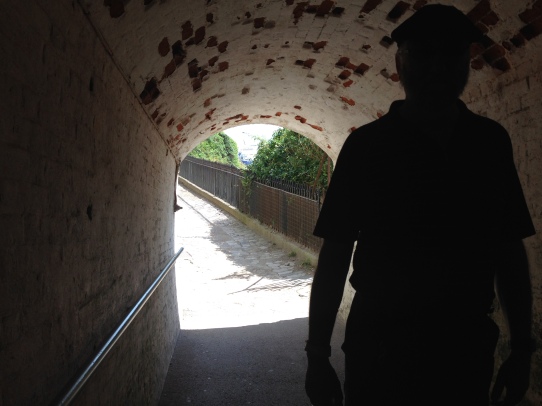


















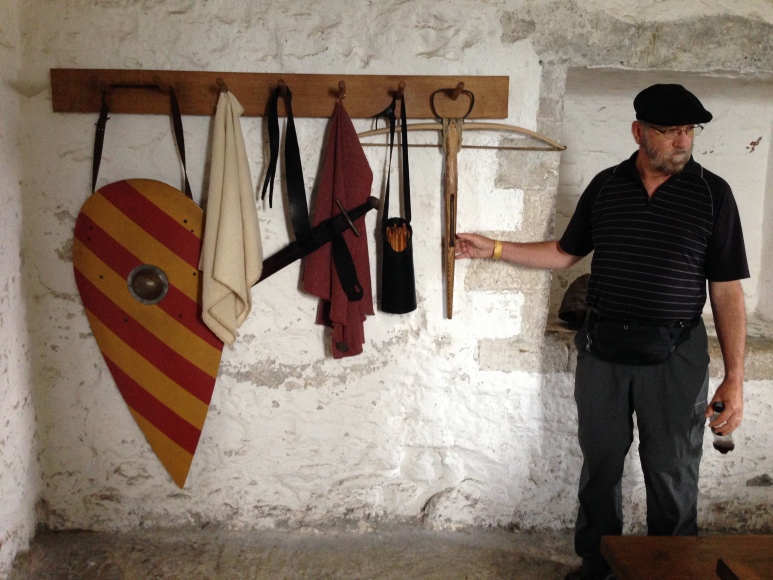










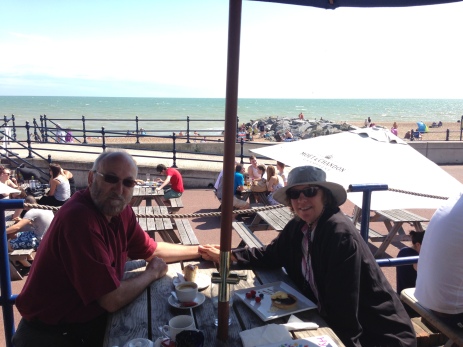




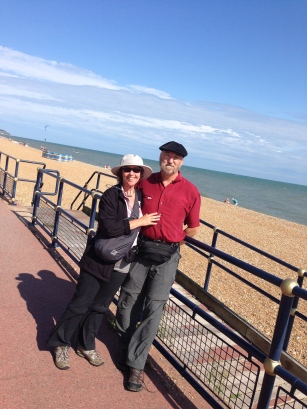











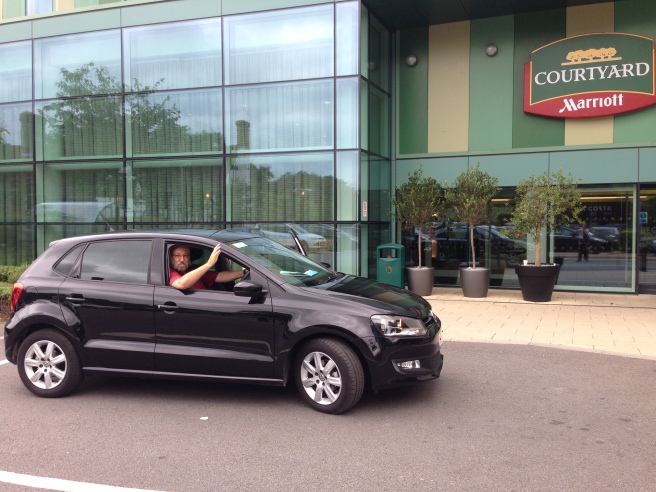
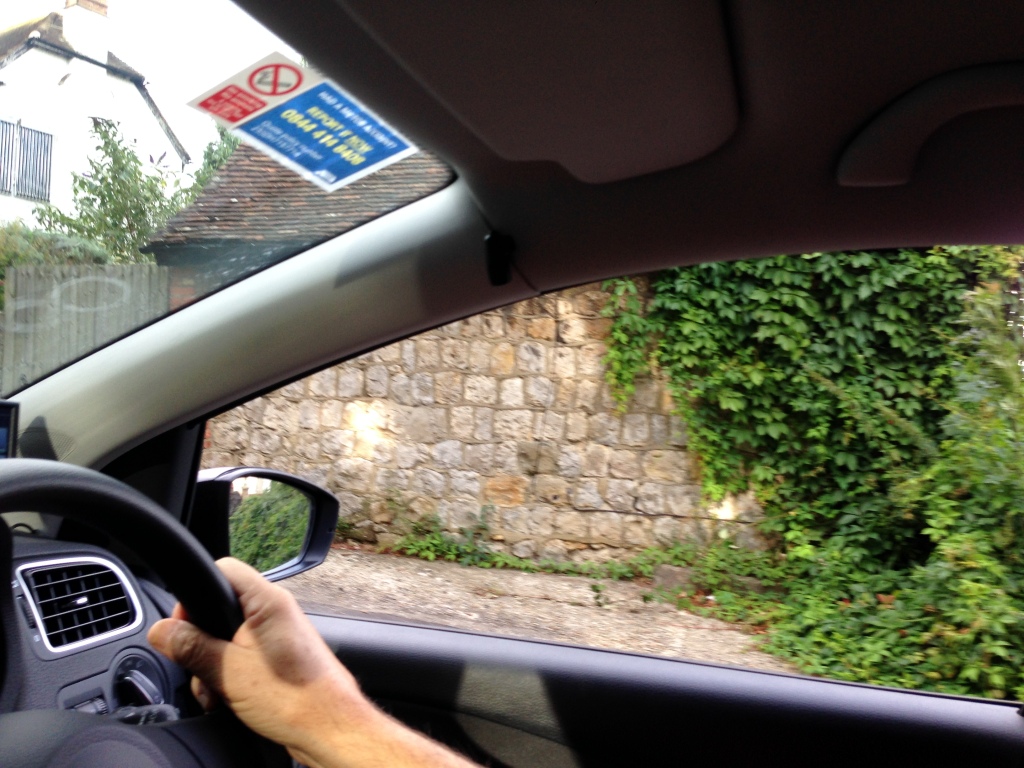



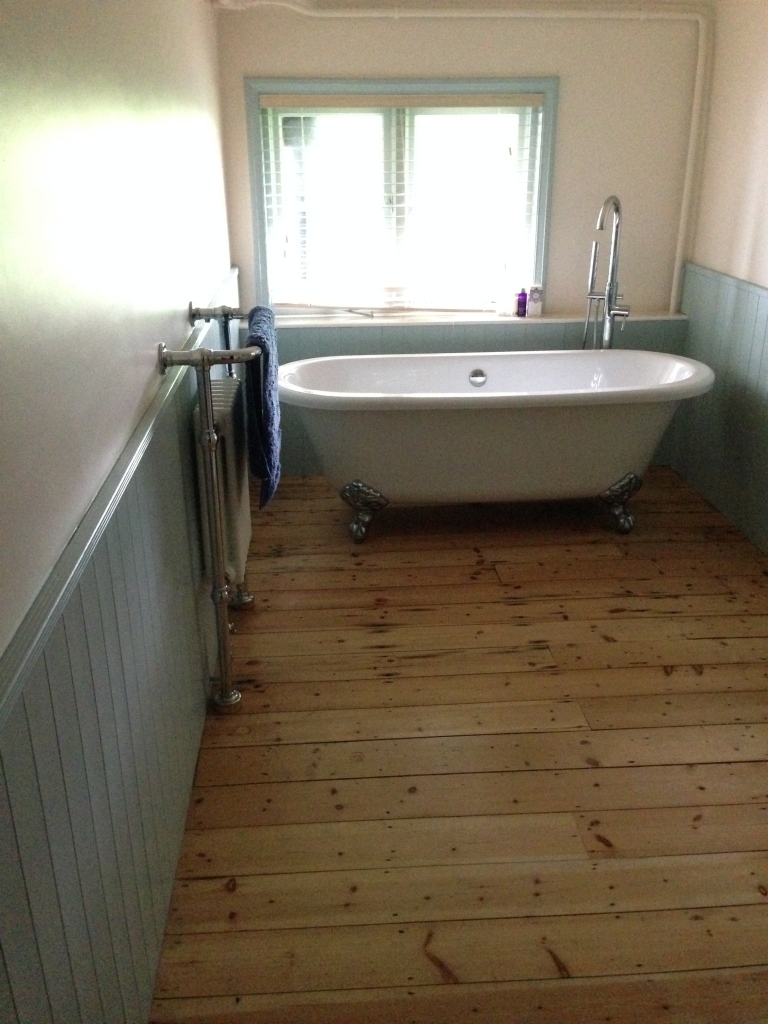






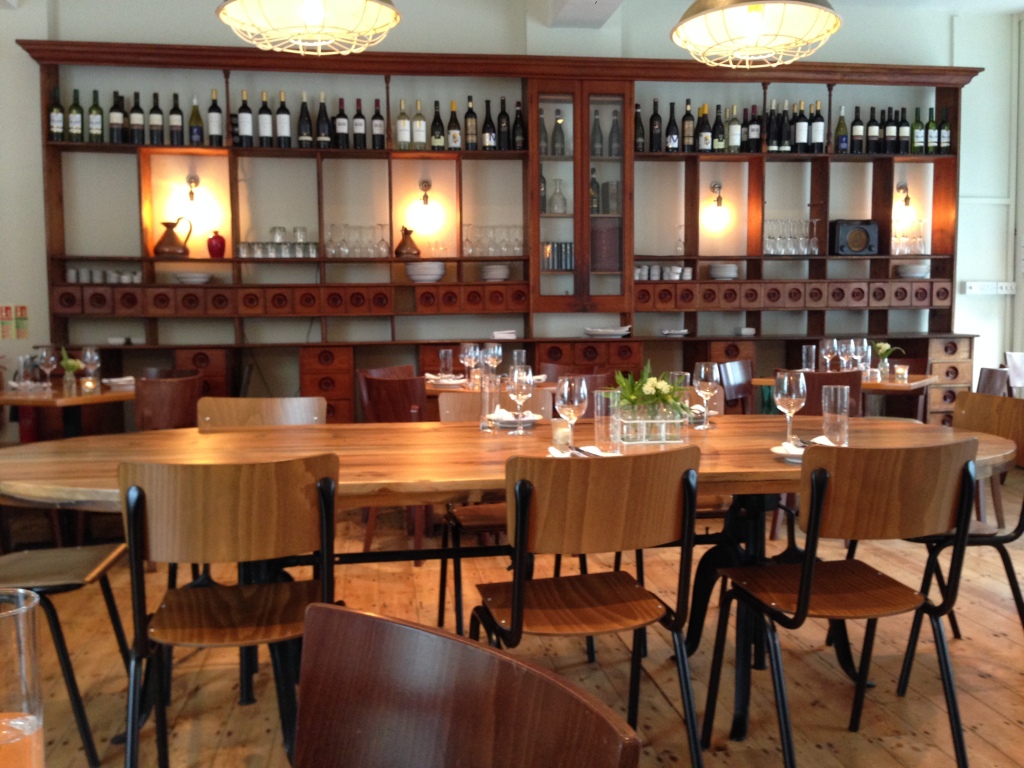
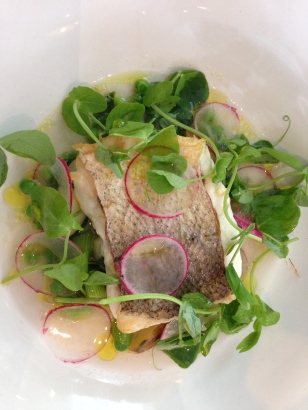
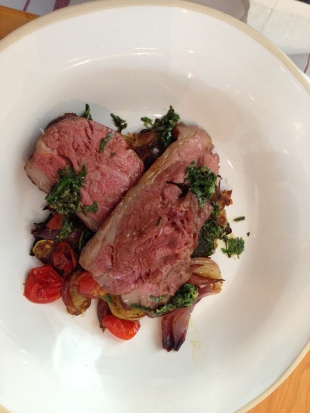






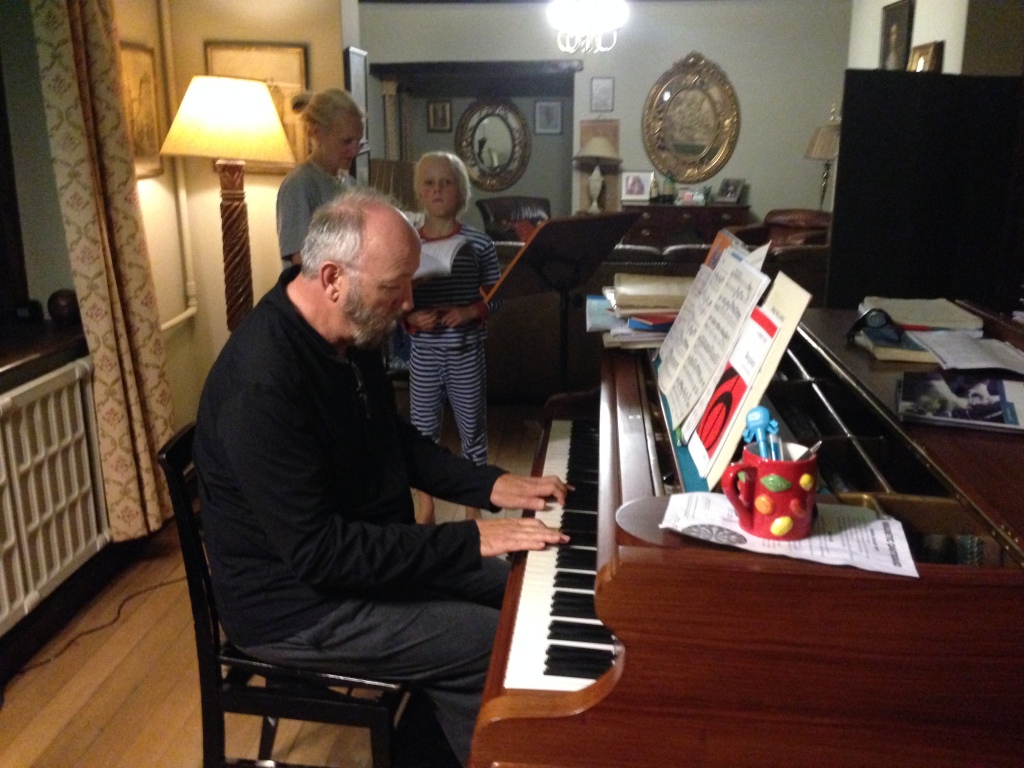

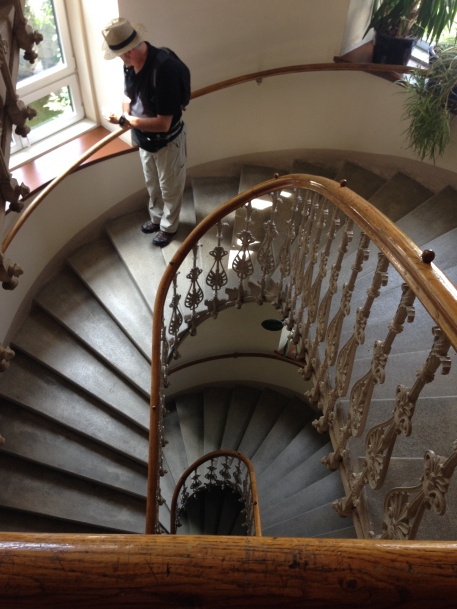
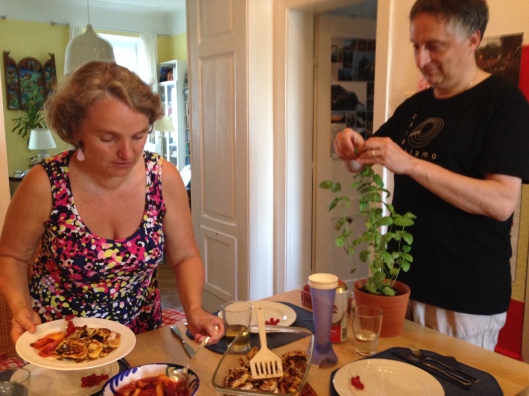














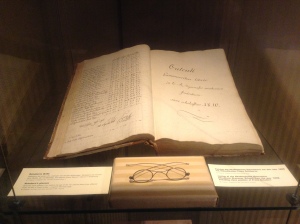







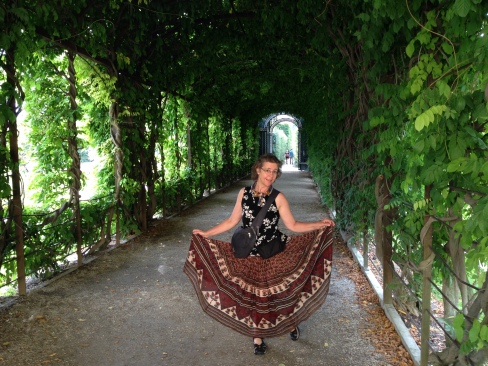

















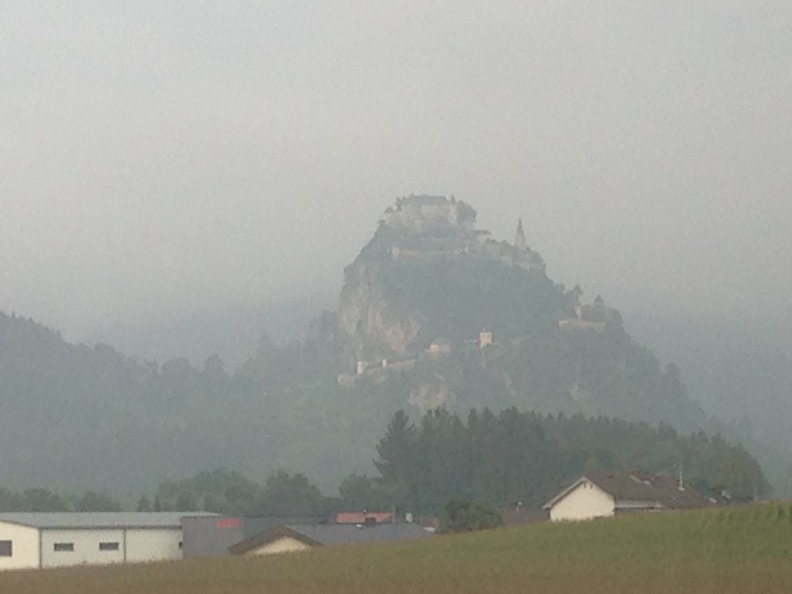











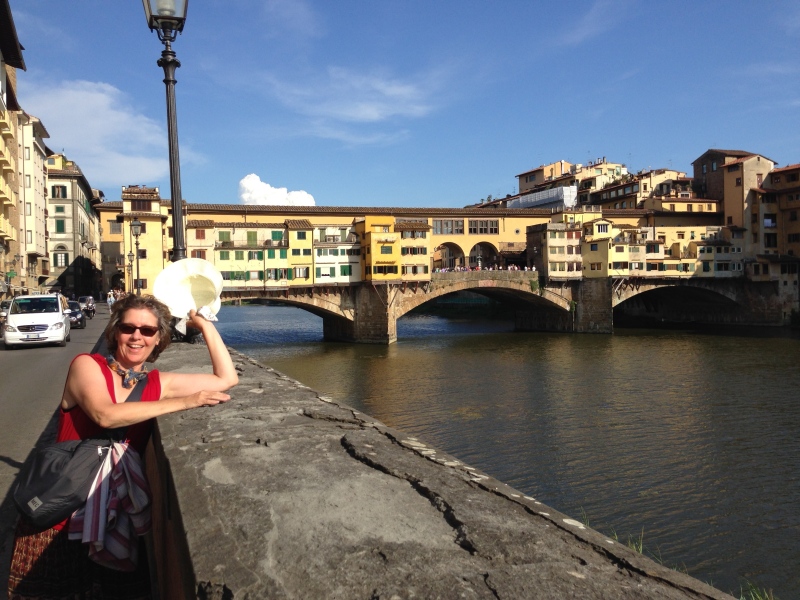







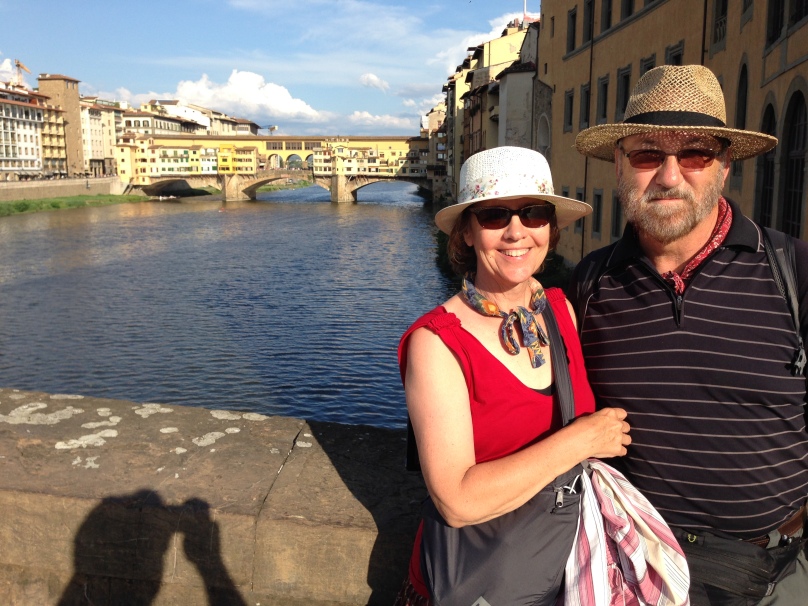


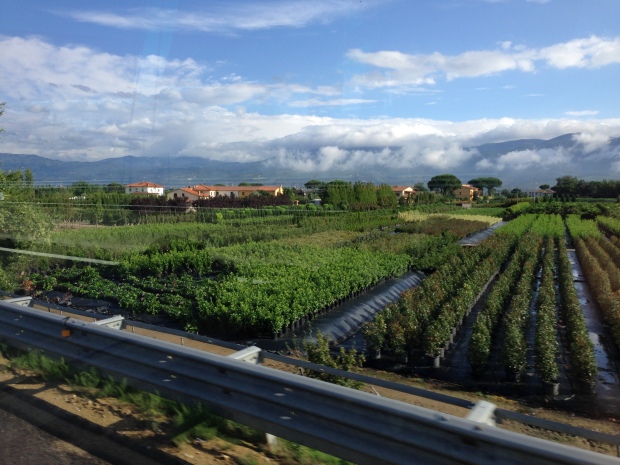









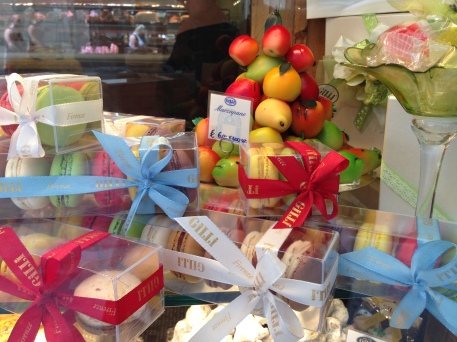
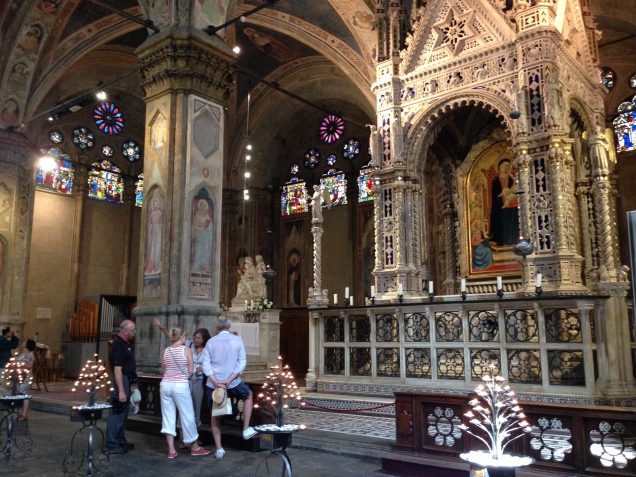

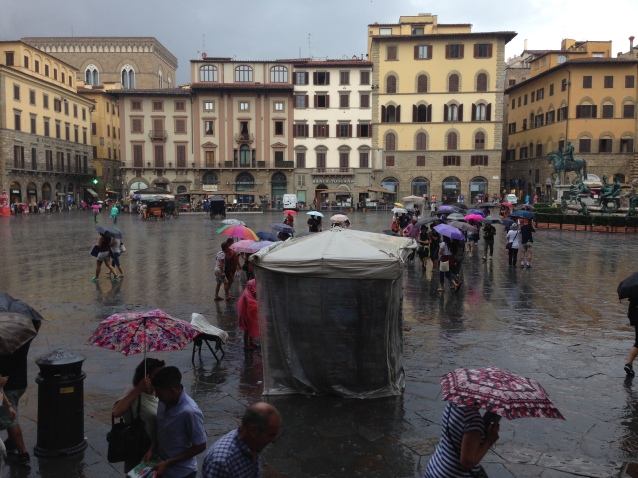



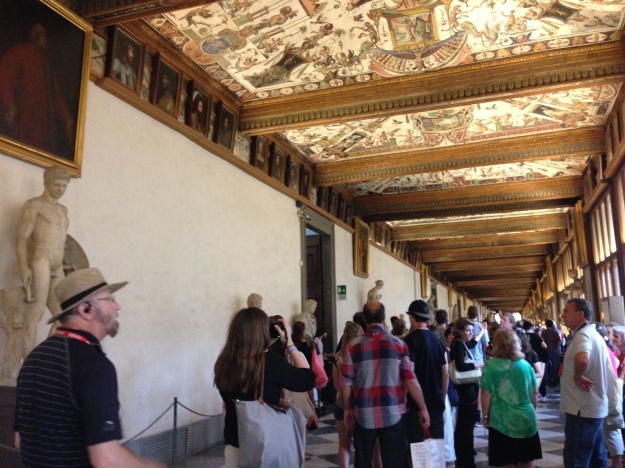


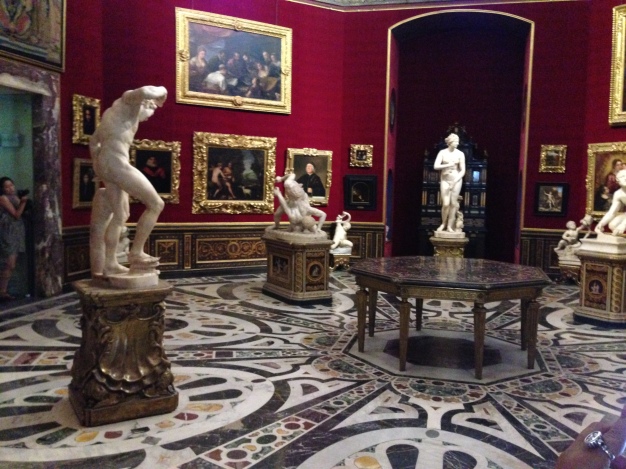




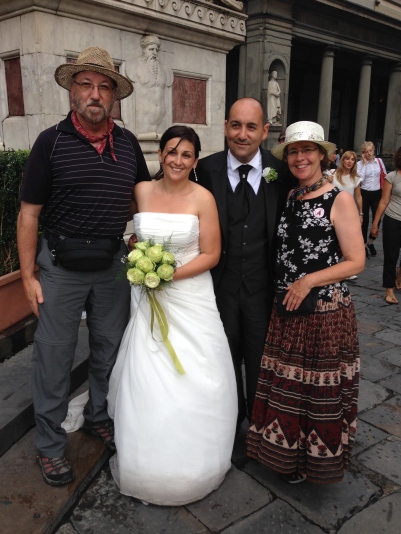

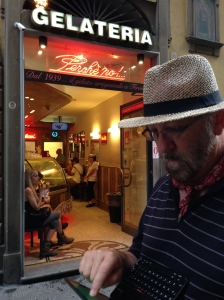
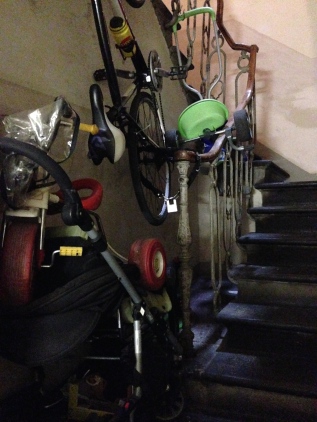












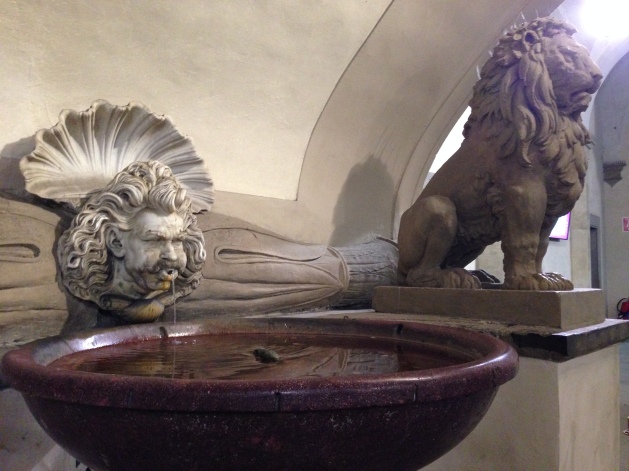












 T
T
